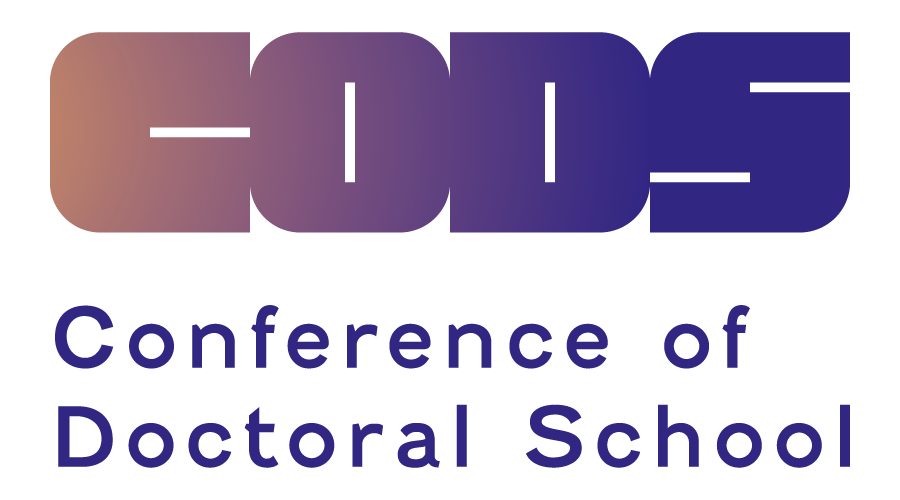
Dagmara Stanosz
MA, Silesian Museum
BIO
Dagmara Stanosz — cultural anthropologist, graduate of ethnology and art history at the University of Silesia, post-graduate studies in editing and the Literary and Artistic Study at the Jagiellonian University, main curator of the project and curator of the exhibition „Głusza”. At Muzeum Śląskie, she is involved in the implementation of interdisciplinary projects concerning minority groups, designing educational and artistic experiences. She conducts research on the relationship between language and perceptio and implements original projects with the participation of blind, deaf and autistic people. She coordinates international Erasmus+ projects in the field of accessibility: „Inclusive Museums” and „Sign Language International Potential”.
Abstract
Perception mapping. Design challenges of the „Głusza” exhibition
„To be able to read and write Chinese, one must be able to dialogue with the entire history of China.” The quote in which Edward Hall emphasizes the importance of the cultural context in deciphering language codes is extended in my research practice by the issue of the diversity of perception resulting from different ways of using the body and its relationship with space. Many years of work in the field of artistic and educational activities with blind people, on the autism spectrum and deaf people using sign language have become a point of reference for me to consider designing narratives and experiences in exhibition spaces. Knowledge about the ways of experiencing, reading and describing space by groups of recipients functioning in different language modalities is essential for the development of the idea of universal design.
The key assumption of the „Głusza” project at the Silesian Museum was to create an accessible space, with a multi-track narrative combining phonic languages (Polish, English) with spatial and visual languages (Polish Sign Language, International Sign system) while simultaneously designing experiences that take into account activities responding to the needs of perceptual audience. The exhibition makes it possible to learn about issues related to the anthropology of communication and linguistic identity on the example of the Deaf community.
The exhibition space not only meets the requirements of accessibility, but also enables the inclusion of recipients with various cognitive, sensory and perceptual needs, including people who are deaf, blind, on the autism spectrum, with various disabilities. Alternative communication paths have been prepared for the basic narrative line – audio description, Braille printing, tactile graphics, easy-to-read text and creatively used typography, multimedia installations, animations, interactive applications and educational tools. The exhibition is the first exhibition in Europe prepared from scratch in sign language, taking into account the area of sensory and communication accessibility.
Keywords: perception, visual-spatial language, inclusive design, sign, deaf art
